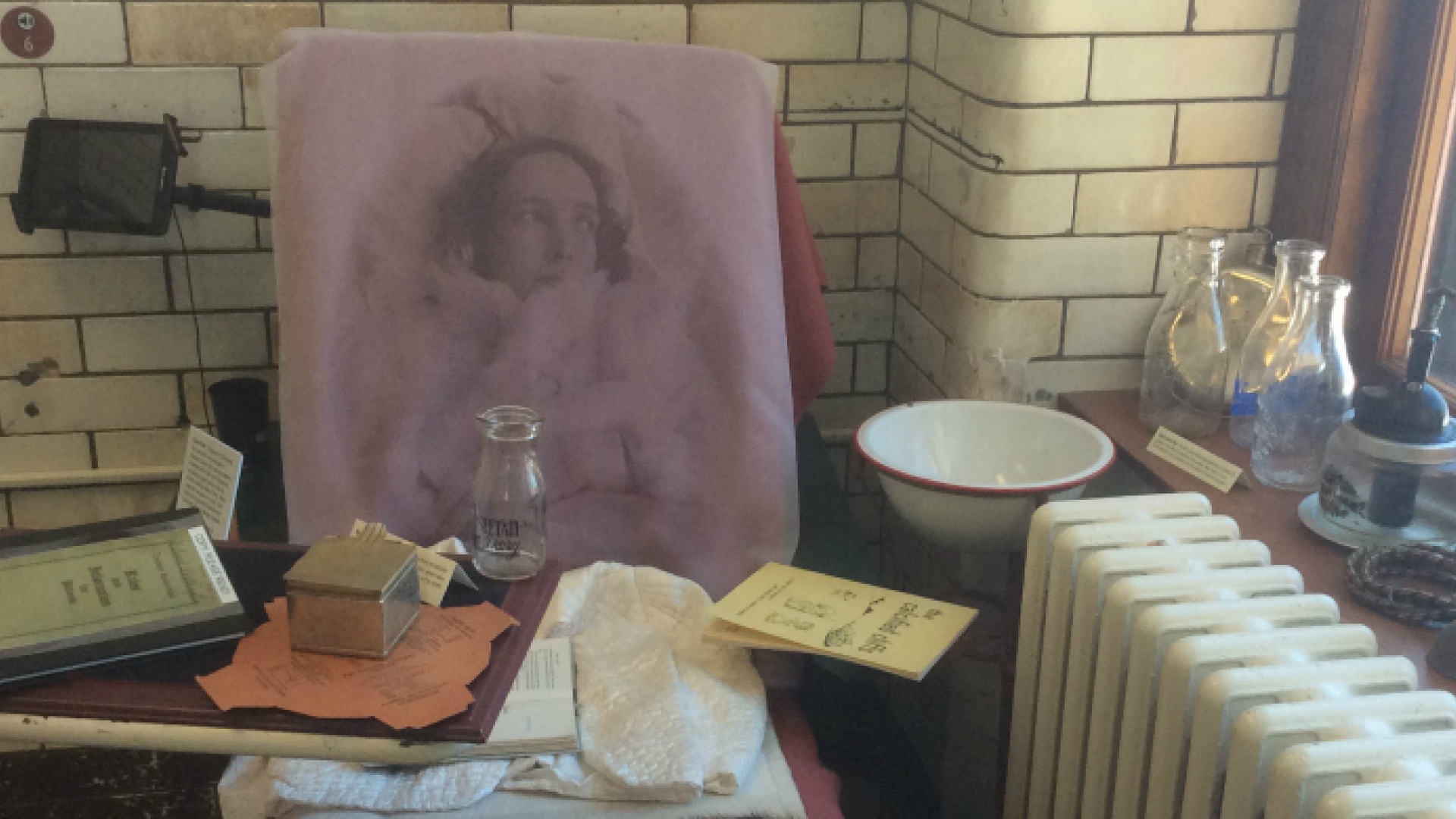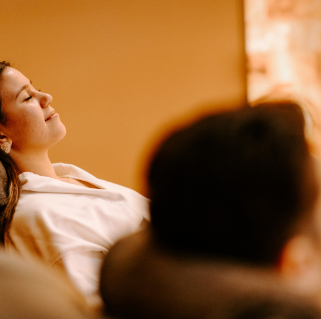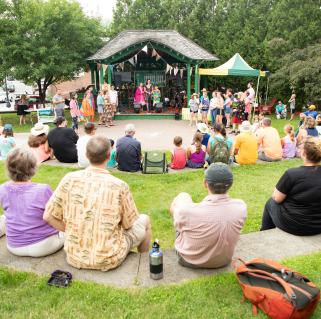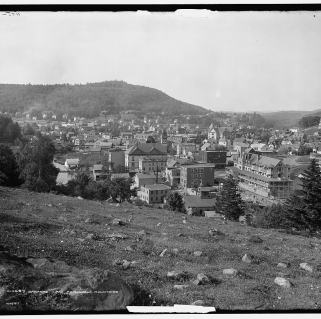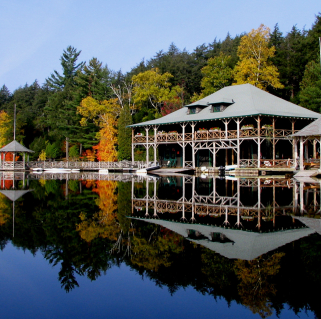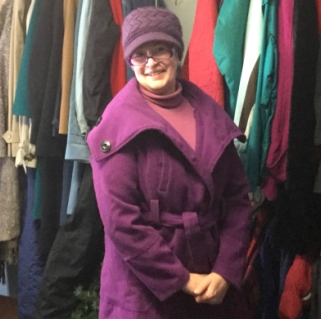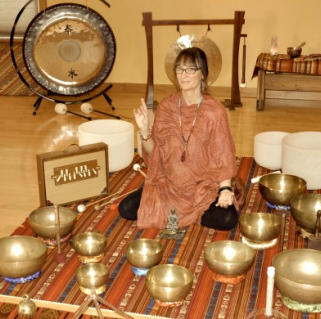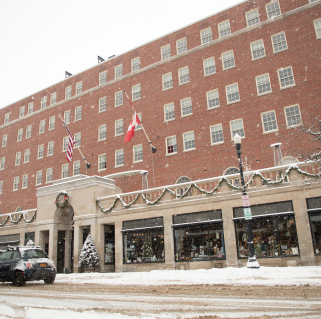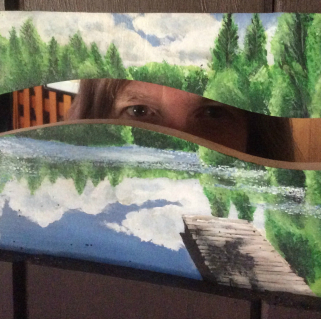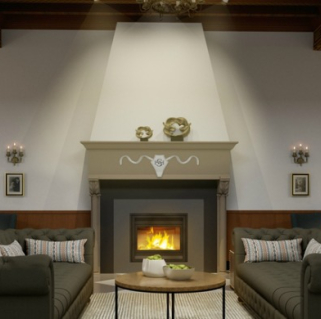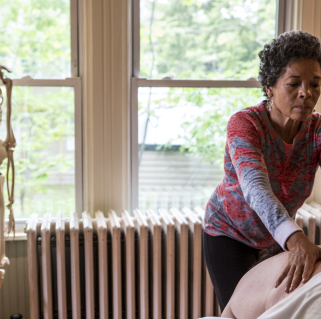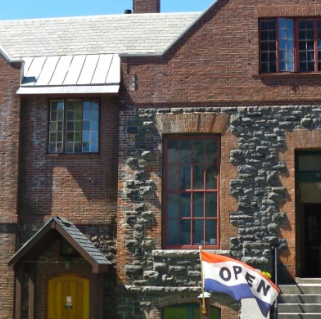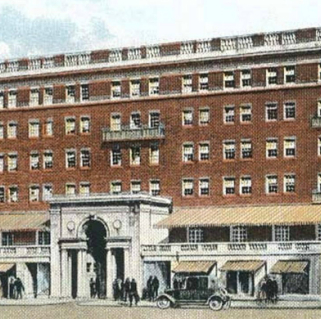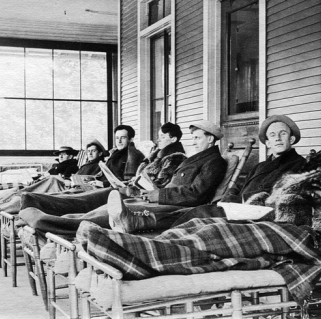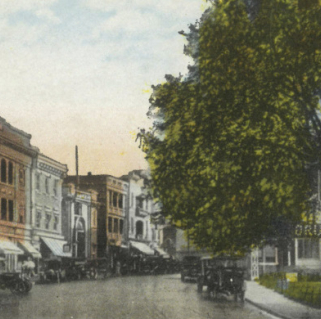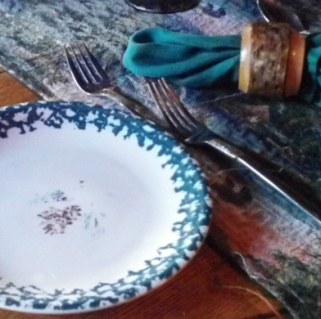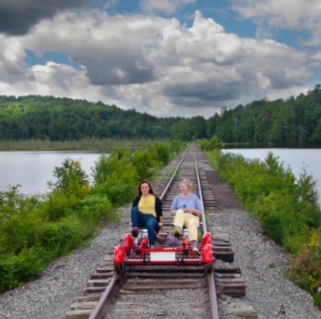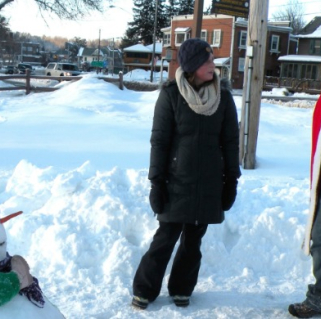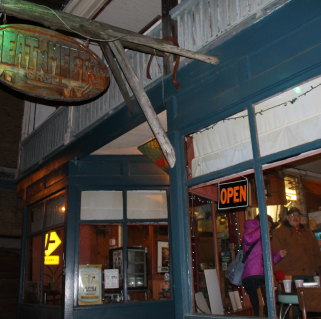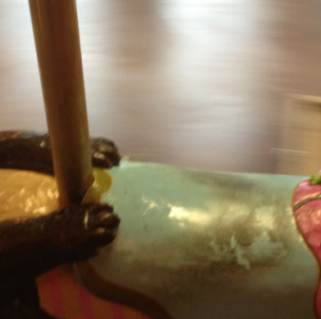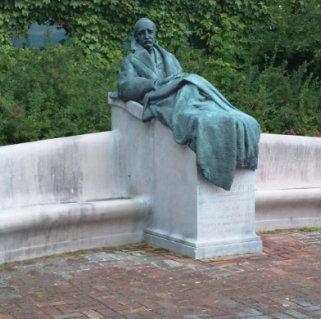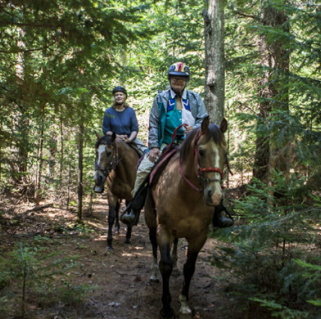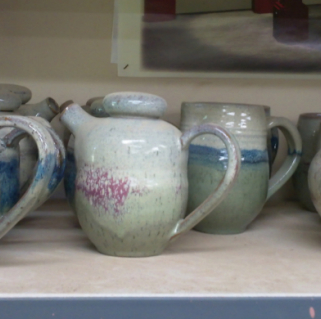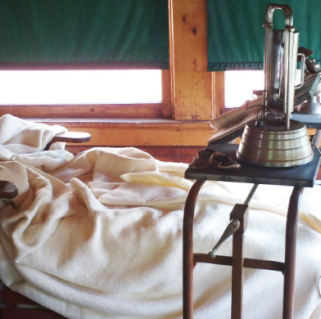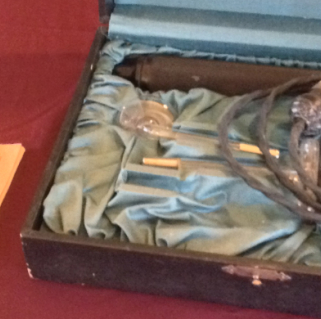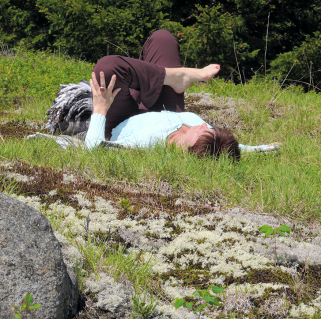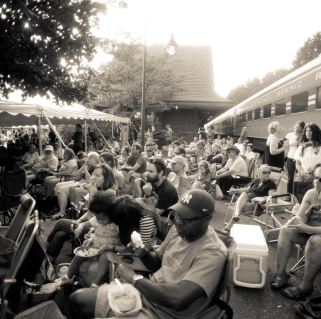Pamela Merritt
March 01, 2016
When I get a free day, there is nothing I like better than finding some comfy seating with a good book. Did you know that Saranac Lake not only contributed to the long history of medical cures? We also contributed to the short history of reclining chairs. So, climb into your comfiest Adirondack chair, grab a hot drink, and prepare to learn a little bit about just how much of an impact Saranac Lake's cool history has had around the world.
A unique take on the chaise lounge, a more practical alternative to resting in bed, a sturdy design which improved on the original “sanitarium chair,” and a new furniture industry for the town; all of these, and more, are part of the history of the Saranac Lake Cure Chair.
It was a medical device beautifully suited to its purpose.
the challenge of reclining
Despite the joys reclining chairs have wrought to millions of sports fans, this particular type of chair dates back to only the mid-nineteenth century. According to rumor, Napoleon III had the very first one. Two American cousins took out the first patent on a wooden recliner design, and by 1928, this led to the La-Z-Boy company.
In between, the "sanitarium chair" was brought to its highest flower. A lot of thought and effort went into improvements and upgrades. Because the patients started out in deck chairs.
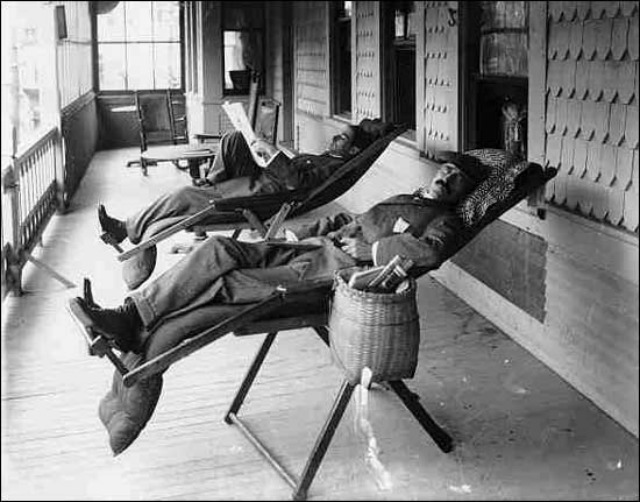
Patients who were improving on bed rest welcomed the chance to sit up and enjoy some reading, letter writing, and perhaps some simple craft projects. In addition, the Trudeau Institute, and the literal cottage industry which sprang up to help patients cure according to Dr. Trudeau's principles, emphasized fresh air for everyone.
This, in turn, led to the great Saranac Lake tradition of porch sitting. In ways that were good for patients.
As seen above, desk chairs were fine for short sits on the deck of a cruise ship, but for tuberculosis patients who needed their energies for curing, they were awkward combinations that didn't quite work.
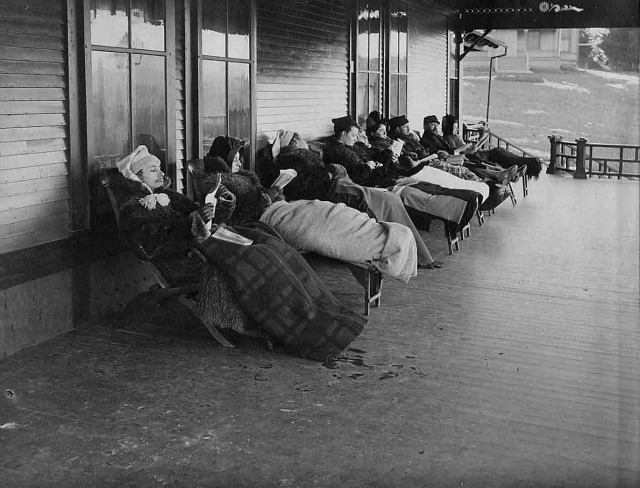
Patients did not have a storage area, or bedside table, which are appreciated by even able-bodied people today. Deck chairs are designed to fold up when not in use, which makes them awkward for patients who need a more sturdy resting surface. As seen in some of these photos, mattresses were added to help make patients more comfortable, but now the chairs were top-heavy.
Ingenuity was called for.
straight out of the san
Enter the concept of the Sanitarium Chair, which had its origins in Germany, at Dr. Brehmer's sanatorium. The young Dr. Peter Dettweiler was a patient there, and he came up with a combination bed and chair that helped make the enforced bed rest more comfortable.
Dr. Lawrason Brown was so impressed with the idea he brought the design into the Trudeau Sanitarium, where he was Resident Physician, and reworked it into the Adirondack Recliner.
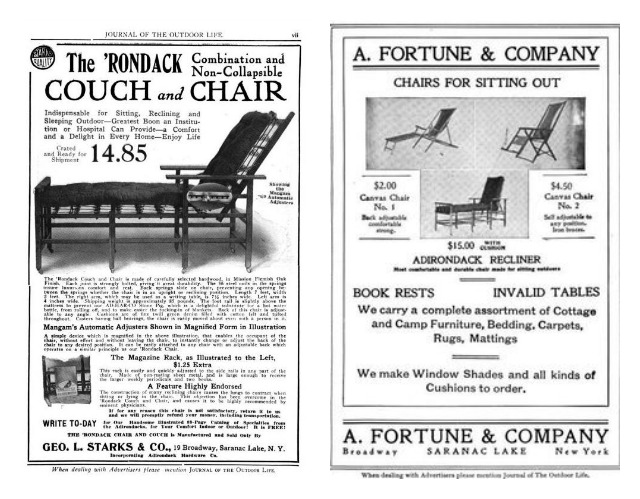
In the April 23, 1904 edition of "The Lancet," D. Lloyd Smith of Manchester Sanatorium, Bowdon, Cheshire, described how he had visited sanitariums in Germany and Switzerland in search of a useful sanitarium chair "which might be adapted to any patient." He pointed out that the original design, which had woven cane backs and seats, was not very durable, and the reweaving was time-consuming and expensive. He described a chair with an iron framework and a one piece "wire mattress" with further padding of thick felt "of the kind used by acrobats."
While innovation was taking place in Great Britain, Dr. Brown was working with George Stark to create a curing chair which could take on the complex demands of supporting the patient, keeping items close to hand, and be suitable for both indoor and outdoor use. With the addition of strategic casters, the cure chair could be rolled into and out of bedrooms and porches.
Patients were encouraged to spend as much time out-of-doors as possible.
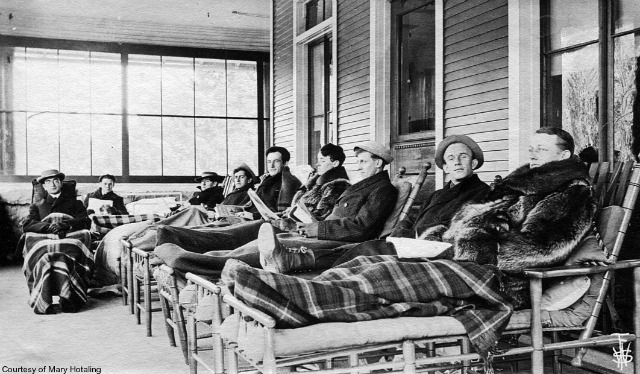
Fresh air was considered to be so important the publication of the Anti-Tuberculosis Campaign was named the "Journal of the Outdoor Life." An article in Volume 18 (January 1921) stated that:
George L. Starks & Company, of Saranac Lake, has received an order from the United States Public Health Service for 1,000 of their 'Rondack Reclining Chairs. After receiving bids on 100 reclining chairs of various styles, the United States Public Health Service chose the 'Rondack Recliner because of its advantages over any other reclining chair manufactured in the United States. The chair in its present form has been developed during the past twenty years from the experience of the doctors in Saranac Lake, who have specialized in the treatment of tuberculosis and from the requirements of the health-seekers whose physical condition demanded the maximum amount of rest and comfort. Mr. Starks has recently invented and had patented a knee adjuster which enables the patient to change the position of the knees and the entire body by simply moving a lever.
Tuberculosis patients would rest as much and as long as it took to get them better... which could be measured in years. To spend their waking, and even some of their sleeping, time in one piece of furniture meant that the cure chair had to be well-built and durable.
Local companies were formed to meet this demand. Especially The Adirondack Hardware Company.
Where are they now?
The famous Adirondack Hardware building still exists at 28 Broadway in downtown Saranac Lake. Here the parts of the Adirondack Recliner were machined (if metal), shaped (if wood), and assembled. George Starks had minimal competition and marketed his version with agents all over the US and Europe. So while there were some other ventures in Saranac Lake, such as the J. J. O'Connell Company and A. Fortune and Company, the cure chair manufactured by Mr. Starks became the standard.
There is no definitive count of how many were manufactured, but it must have numbered in the tens of thousands. They were in use from 1890 until the 1950s when antibiotic use made a dramatic and triumphant victory over bacterial infections.
The definitive design had a back that could be moved through the vertical to the horizontal. Narrow enough to fit through a standard doorway, rolling on casters on either four or all six legs, and with at least one wide, flat, armrest to serve as an occasional table for the patient. It had a thick mattress over coil springs supported by steel straps.
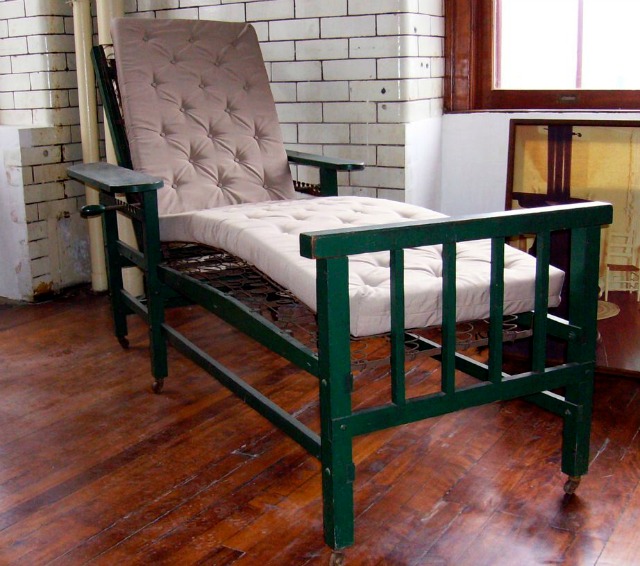
So well-built, in fact, that many are still seen in private homes around town, in use to this day.
"We have one," a local woman told me. "It's my favorite reading chair at camp, and I have first dibs!"
Another woman told how her father, Louis Mackay, spent years curing in one. "He would always get the New York Times, the Sunday Edition," she told me with a laugh. "But it wasn't so much for reading as it was for warmth! He would layer his blankets with all the thick sections so he could stay out on the porch in all weather."
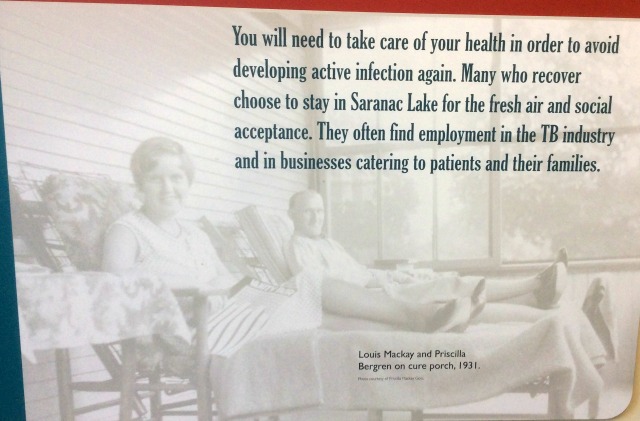
One of the exhibits at the Saranac Laboratory Museum is a vintage cure chair outfitted with all the needed accessories, from reading material to a stoneware "pig" that would be filled with hot water for warmth. The photo of the woman reclining in the chair is of Isabel Smith Malmstrom, who wrote "Wish I Might," a memoir of her cure in Saranac Lake.

She was a twenty-year-old student nurse when she was struck down by tuberculosis and was sent to Saranac Lake. She would travel from recovery to relapse for the next twenty-one years, keeping her bouyant spirit and finding romance at "the San." She became the subject of a photographic essay by Alfred Eisenstaedt in "Life" magazine. The article brought her get-well letters from people all over the world.
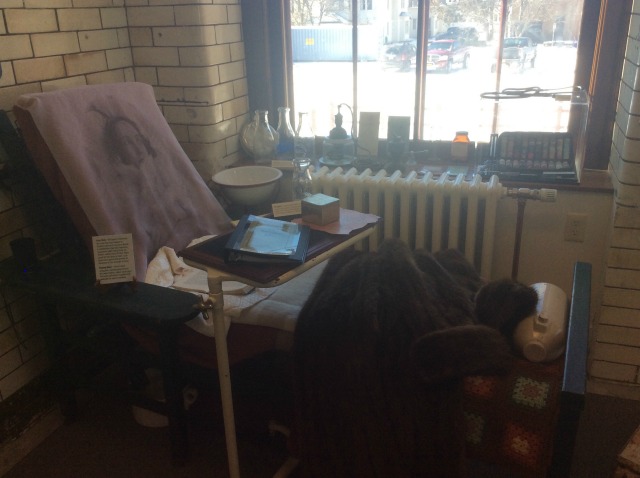
In her fond memories of the Trudeau Sanatorium:
Nowhere in the world had life pulsed any more strongly, more determinedly, more stubbornly than in this sanatorium.
Temperatures were being charted in the office; radios were playing softly from room to room: the elevator doors were banging with their usual shattering crash. In #216 Phyllis was sitting up in bed saddle-stitching a wallet; Martha was working on a cross-word puzzle in 225; Paul reading a whodunit in 309; and Gordon in 318 concentrating upon a letter to his wife.
Patients spent many of their most suspenseful and significant eras of their life in their cure chairs. No matter what, life went on. Isabel Smith would marry a fellow patient and live a long, and eventually, healthful life.
Many of the cure chairs, full of memories, are still performing their functions of being a comfortable oasis for people in need of some quiet time. The stakes may be lower, now, but the history...
Is still close enough to touch.
We offer comfortable beds in our many varieties of lodging. Eat well at one of our dining places. Visit so much of our history at the Saranac Lake Laboratory Museum.
Historical photos courtesy of Historic Saranac Lake wiki website. Steamer chairs photo from "Portrait of Healing: Curing in the Woods" by Victoria E. Rinehart.

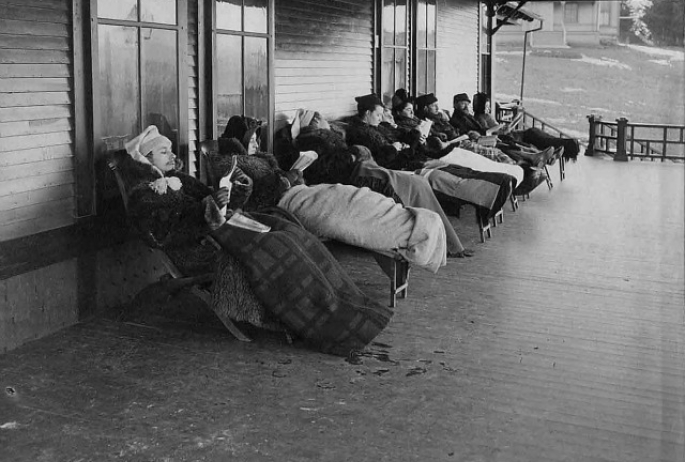

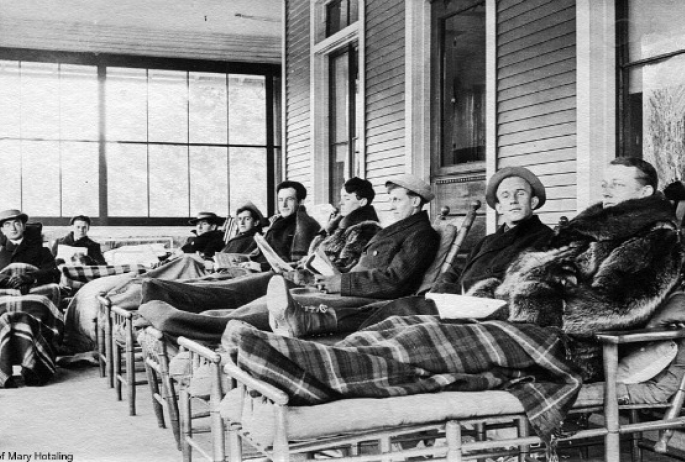
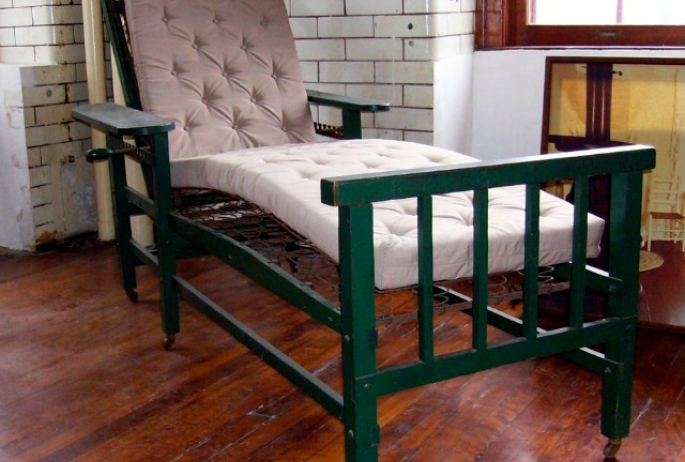
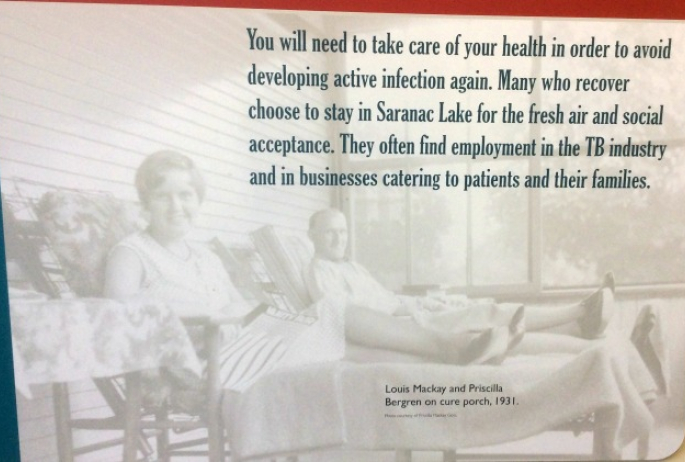

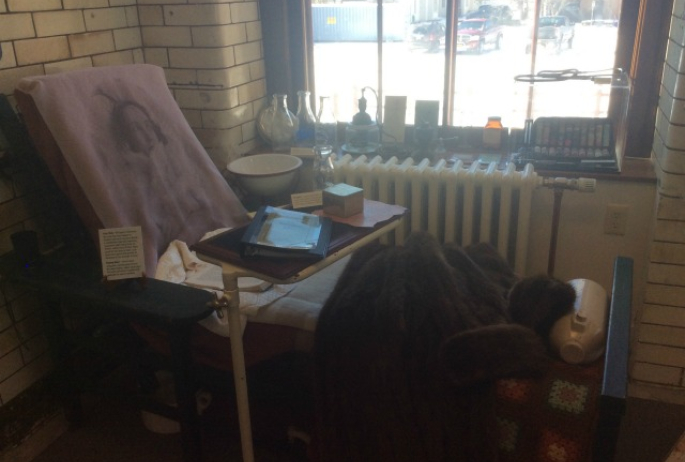
Packages and Promotions
Valid Jan. 21
- Jan. 21
Valid Jan. 21
- Jan. 21
Stay and Dine
Voco Saranac Lake
Receive a 50 dollar credit per stay to use in our Boathouse Saranac Lake Pub. Enjoy an exceptional dining experience with unparalleled views great...
